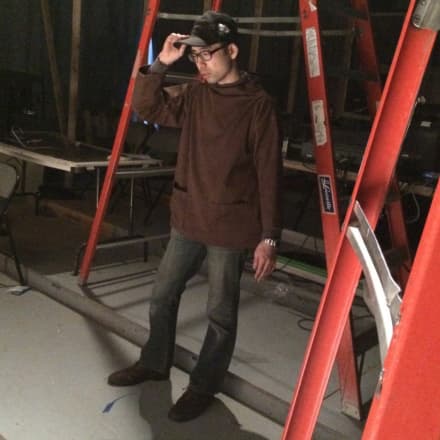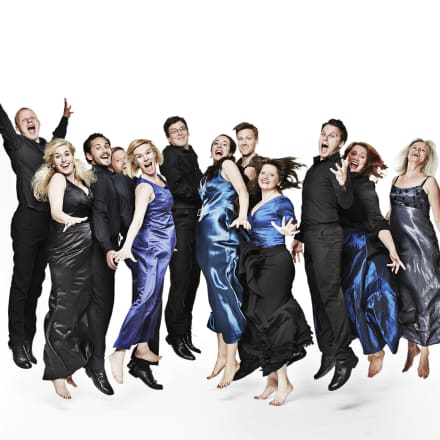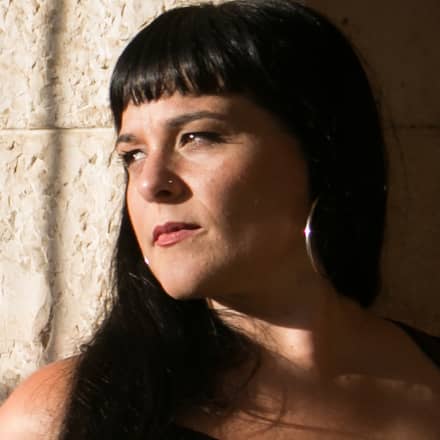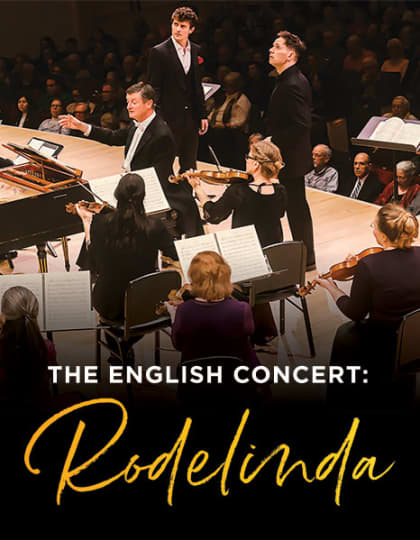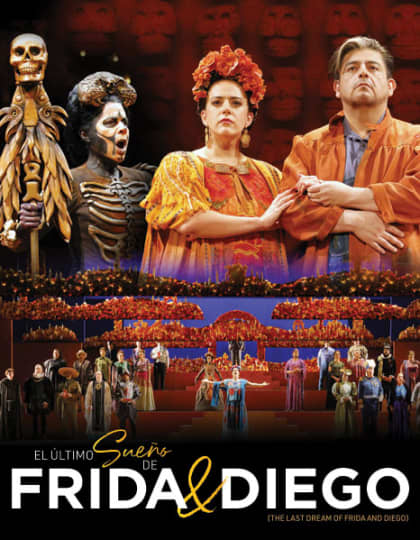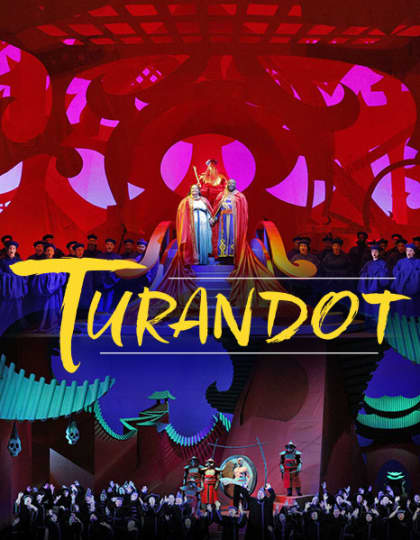Additional tickets just released for all performances
A fantastical world of sunbirds, demons and hairy giants is evoked in Book of Mountains and Seas, a fascinating work of vocal theater for 12 singers, two percussionists and six puppet masters. Composer/librettist Huang Ruo took his inspiration from a classic compilation of Chinese mythology《山海經》first transcribed in the fourth century B.C. Over the years, these stories have become part of Chinese written and oral history, shifted and reshaped to match contemporary times.
First performed in 2021, Huang Ruo's compelling new adaptation of these tales comes to the Broad Stage as LA Opera's 12th collaboration with the groundbreaking Beth Morrison Projects. Told through the lens of our modern-day relationship with the natural world, the ancient stories of creation and destruction conjure a sense of respect and awe for the environment and the water stories challenge us to be good stewards of the natural resources we have been given. Book of Mountains and Seas contains timeless codes about the universe, creation, planet, nature, life, human ambition and fate, the relationship and interaction between mankind and the world we live in.
Get More with a DYO Package. Design-Your-Own Package with 3 or more shows starting at $56. Customize which shows and dates you attend plus receive added benefits. DYO PACKAGE
"Book of Mountains and Seas is an exquisite masterpiece of suggestion, an immersive tapestry of sound and image that weaves itself into your consciousness and makes its point about the interdependence of humans and their planet without ever saying it outright."
Swipe for More
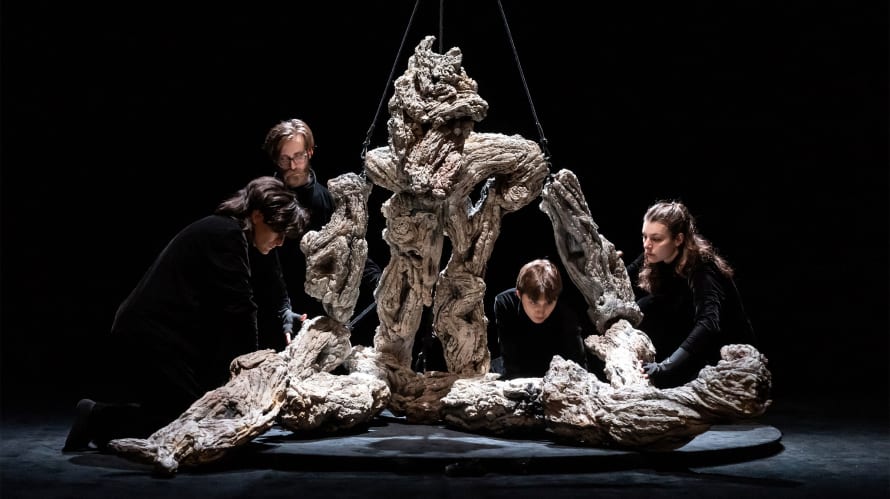
A scene from "The Book of Mountains and Seas," produced by Beth Morrison Projects
Steven PisanoSwipe for More
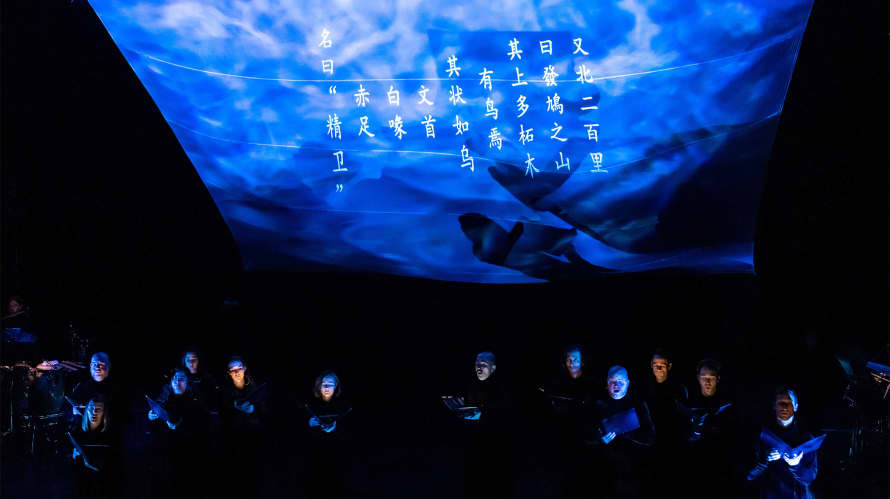
A scene from "The Book of Mountains and Seas," produced by Beth Morrison Projects
Steven PisanoSwipe for More
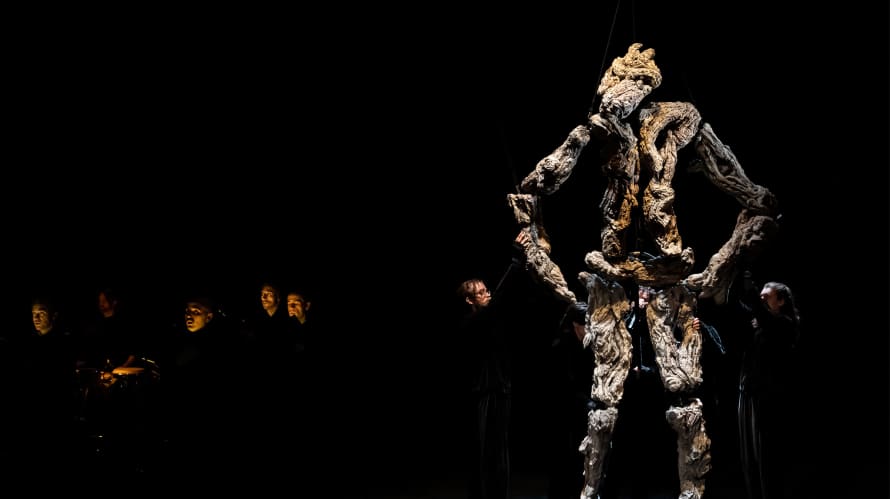
A scene from "The Book of Mountains and Seas," produced by Beth Morrison Projects
Steven PisanoSwipe for More
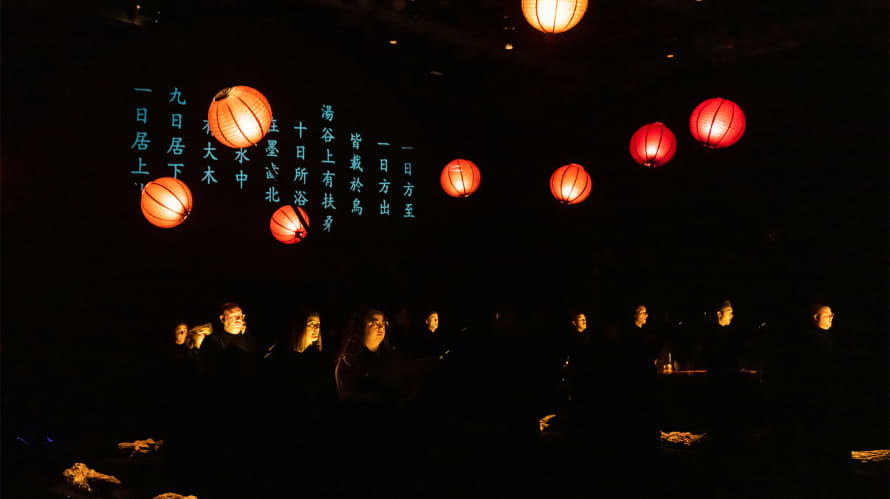
A scene from "The Book of Mountains and Seas," produced by Beth Morrison Projects
Steven PisanoArtists
- Composer & Librettist
- Huang Ruo
- Director & Production Design
- Basil Twist
- Conductor
- Miles Lallemant
- Lighting
- Poe Saegusa
- Vocal Ensemble
- Ars Nova Copenhagen
- Creative Producer
- Beth Morrison

The Story
Commissioned, developed and produced by Beth Morrison Projects.
Co-presented with BroadStage at The Eli and Edythe Broad Stage in Santa Monica.

Performances take place at the Eli and Edythe Broad Stage at Santa Monica College Performing Arts Center (1310 11th Street, Santa Monica, CA 90401).
Click here to read the digital program.
Performed in Mandarin with English subtitles.
Off Grand productions are supported by a consortium of generous donors to
LA Opera’s Contemporary Opera Initiative, chaired by Barry and Nancy Sanders
Great Seats Just Released
Save More with a Package-
GET ACCESS {{ performance.display_time }}AvailableOnline{{ performance.display_day }}{{ performance.display_month_clean }} {{ performance.display_date }}

